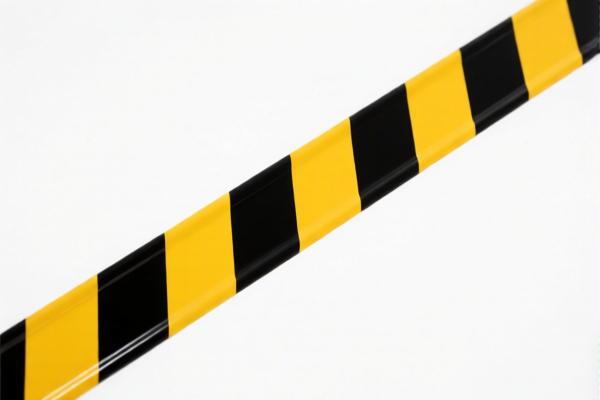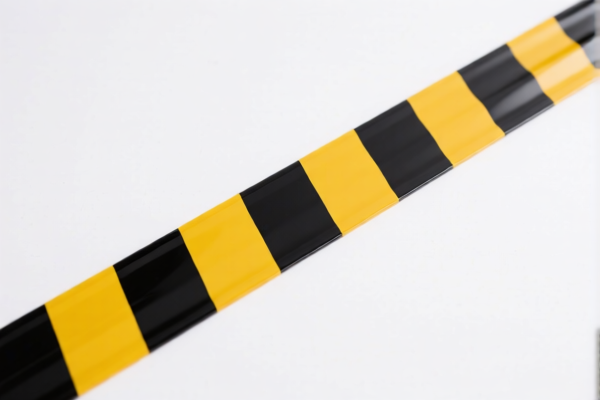| HS Code | Official Doc | Tariff Rate | Origin | Destination | Effective Date |
|---|---|---|---|---|---|
| 5609004000 | Doc | 58.9% | CN | US | 2025-05-12 |
| 5609001000 | Doc | 57.9% | CN | US | 2025-05-12 |
| 5404198080 | Doc | 61.9% | CN | US | 2025-05-12 |
| 5604909000 | Doc | 60.0% | CN | US | 2025-05-12 |
| 5604902000 | Doc | 63.8% | CN | US | 2025-05-12 |
| 4016995500 | Doc | 57.5% | CN | US | 2025-05-12 |
| 4016996010 | Doc | 57.5% | CN | US | 2025-05-12 |
| 4008192000 | Doc | 55.0% | CN | US | 2025-05-12 |
| 4008292000 | Doc | 57.9% | CN | US | 2025-05-12 |
| 3926903000 | Doc | 59.2% | CN | US | 2025-05-12 |
| 3926909989 | Doc | 42.8% | CN | US | 2025-05-12 |
| 3918105000 | Doc | 59.2% | CN | US | 2025-05-12 |
| 3918905000 | Doc | 59.2% | CN | US | 2025-05-12 |
| 4823906000 | Doc | 55.0% | CN | US | 2025-05-12 |
| 4823908000 | Doc | 55.0% | CN | US | 2025-05-12 |
| 4805911090 | Doc | 55.0% | CN | US | 2025-05-12 |
| 4805500000 | Doc | 55.0% | CN | US | 2025-05-12 |




Gap Anti-Fouling Strip
Definition: A gap anti-fouling strip is a specialized marine component designed to prevent or minimize the attachment of marine organisms (biofouling) to the hull of a vessel, specifically within the gap between hull plates or sections.
Material:
- Copper Alloys: The most common material. Copper is highly effective at inhibiting the growth of marine organisms. Alloys like cupronickel (copper-nickel) are frequently used for their corrosion resistance and sustained release of copper ions.
- Polymer-based Strips with Copper Impregnation: These combine a durable polymer matrix with embedded copper particles or compounds, offering controlled release and extended lifespan.
- Other Metallic Alloys: Zinc, tin, or other metals with anti-fouling properties may be used in specific applications, though less common than copper.
- Rubber: Some strips utilize a rubber base with anti-fouling additives.
Purpose:
- Biofouling Prevention: The primary goal is to reduce or eliminate the settlement and growth of barnacles, algae, mussels, tube worms, and other marine life on the hull.
- Drag Reduction: Biofouling increases frictional drag, leading to reduced vessel speed, increased fuel consumption, and higher operating costs. Anti-fouling strips mitigate this effect.
- Corrosion Prevention: Certain marine organisms can accelerate corrosion. By preventing their attachment, strips contribute to hull integrity.
- Maintenance Reduction: Less biofouling translates to fewer hull cleaning requirements and reduced maintenance downtime.
Function:
- Controlled Release: Strips release biocides (typically copper ions) into the surrounding water. This creates a localized zone that discourages marine organism settlement.
- Physical Barrier: The strip itself can act as a physical barrier, making it more difficult for organisms to attach directly to the hull.
- Electrolytic Action: In some designs, the strip generates a weak electrolytic field that further inhibits biofouling.
Usage Scenarios:
- Welded Hull Vessels: Commonly used on ships with welded hull plates, particularly in the areas around the welds where biofouling is prone to occur.
- Segmented Hull Vessels: Applied to the gaps between hull sections in vessels constructed with modular designs.
- Niche Areas: Effective in areas difficult to reach with traditional anti-fouling coatings, such as around struts, propellers, and fittings.
- Freshwater and Saltwater Environments: Applicable in both freshwater and saltwater conditions, though the specific alloy or formulation may vary.
Common Types:
- Welded-on Strips: These are directly welded onto the hull plates during construction or repair. They provide a permanent anti-fouling solution.
- Adhesive-Backed Strips: These strips feature a strong adhesive backing for easy installation on existing hulls. Suitable for retrofit applications.
- Ribbon-Type Strips: Long, narrow strips designed for continuous coverage along hull seams.
- Embedded Strips: Some hull plates are manufactured with integrated anti-fouling strips.
- Hybrid Strips: Combining different materials or technologies for enhanced performance.
Based on the provided information, “gap anti fouling strip” can be classified under the following HS codes:
- 4008.19.20.00: This HS code falls under Chapter 40, which covers other articles of vulcanized rubber other than hard rubber. Specifically, it refers to plates, sheets, strip, rods and profile shapes, of vulcanized rubber other than hard rubber, of cellular rubber, other, of natural rubber, profile shapes. Anti-fouling strips often utilize rubber materials and are shaped as strips or profiles.
- 4008.29.20.00: This HS code also falls under Chapter 40, covering other articles of vulcanized rubber other than hard rubber. It refers to plates, sheets, strip, rods and profile shapes, of vulcanized rubber other than hard rubber, of noncellular rubber, other, profile shapes. Given the function of anti-fouling, noncellular rubber may be used in the manufacturing of these strips.
- 4823.90.60.00: This HS code falls under Chapter 48, which covers other paper, paperboard, cellulose wadding and webs of cellulose fibers, cut to size or shape; other articles of paper pulp, paper, paperboard, cellulose wadding or webs of cellulose fibers. Specifically, it refers to other, other, other, of coated paper or paperboard, gaskets, washers and other seals. While less common, some anti-fouling strips may incorporate paper or paperboard components.
Tariff Details (Based on Reference Material):
All three HS codes share a common tariff structure:
- Basic Tariff: 0.0%
- Additional Tariff: 25.0%
- Tariff after April 2, 2025: 30.0%
- Total Tariff: 55.0% (for 4008.19.20.00 and 4823.90.60.00) or 57.9% (for 4008.29.20.00)
Important Note:
Regarding HS code 4008.19.20.00 and 4008.29.20.00, the material composition of the anti-fouling strip (cellular vs. noncellular rubber) will determine the correct HS code. It is important to verify the specific rubber type used.
Customer Reviews
No reviews yet.